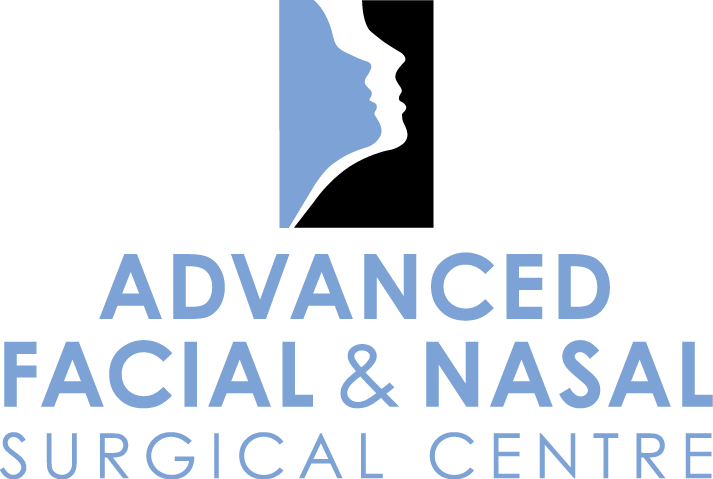As we age, the skin begins to loosen on the face and neck. Crows feet appear at the corner of the eyes and fine lines become creases and then gradually folds. The jaw line softens and inevitably jowls form along the angle of the chin, with vertical folds developing in the front of the neck. Technically known as rhytidectomy, a facelift is a surgical procedure that improves visible signs of aging in the face and neck.
A facelift can only be performed surgically; non-surgical rejuvenation treatments cannot achieve the same results, but may help delay the time at which a facelift becomes appropriate and complement the results of surgery. If the skin is pulled too tight, warping can produce a somewhat unnatural-looking outcome. Dr. Keohane is an experienced, well-trained surgeon with an artistic eye. He always aims for natural-looking facelift results, including a smooth, firm face with uplifted and rounded features.
Facelifts surgically reposition sagging muscles, fat and tissue along with re-draping skin and reduction of excess skin of the face, jawline and neck to produce a more youthful appearance. There are two primary surgical procedures for facelifts - traditional and mini short-flap facelifts.
Traditional Facelift Surgery
In a traditional facelift the incisions begin in the area hair just above and in front of the ear continuing down in front of the ear, up and around the ear lobe into the occipital hairline. During a traditional facelift the entire skin is raised outwards towards the angle of the mouth and anterior neck allowing the surgeon to reposition the skin, tighten the underlying muscle and connective tissue and then excise or remove excess fat and skin. A traditional facelift or rhytidectomy is designed for patients with significant excess skin and laxity of muscle causing significant jowling and redundancy of the anterior neck.
Mini Short-flap Facelift Surgery
In younger patients who have not yet developed a significant a cosmetic abnormality, the newer approach of mini short-flap facelift can be considered. In this procedure the incisions are much smaller allowing elevation of the skin and muscle of the lower one third of the face. This technique is indicated for the younger patient and will generally allow a more rapid return to work and normal activities.
The Surgery & Recovery Process
Both procedures are performed under general anesthesia or deep intravenous sedation. Depending on the extent of the surgery the process can take from 2 - 4 hours. Following surgery, a pressure dressing is applied to protect the entire area where the incisions have been made. Most patients experience very little pain or discomfort following surgery.
Complimentary Facial Surgery Procedures
Rejuvenation procedures typically performed in conjunction with a facelift are brow lift, to correct a sagging or deeply furrowed brow, and eyelid surgery to rejuvenate aging eyes. Many patients continue to use non-surgical treatments such as Jeverderm Facial Fillers and Botox to maintain the changes from these types of surgeries.
ARE YOU RIGHT FOR THIS SURGERY?
Facelift surgery is a highly individualized procedure and you should do it for yourself, not to fulfill someone else’s desires, or to try to fit some sort of ideal image. Healthy individuals with a positive outlook and realistic expectations are appropriate candidates for this cosmetic procedure. For more information or to book an appointment, contact us.
What to Expect After the Surgery
- When the procedure is completed, a bandage is placed around your face to minimize post facelift swelling and bruising. A thin tube may be present to drain any excess blood or fluid that may collect under the skin.
- A degree of bruising and swelling is unavoidable and sutures and staples are usually removed within 5 to 10 days following surgery.
- Most patients are able to return to normal activities within one to two weeks.
- Scars are usually not noticeable after enough time has passed for them to mature and in most cases scars are easily disguised in natural skin creases or by the hairline.
- Follow up care is vital for this procedure to monitor healing and it is important you are seen at regular intervals.


